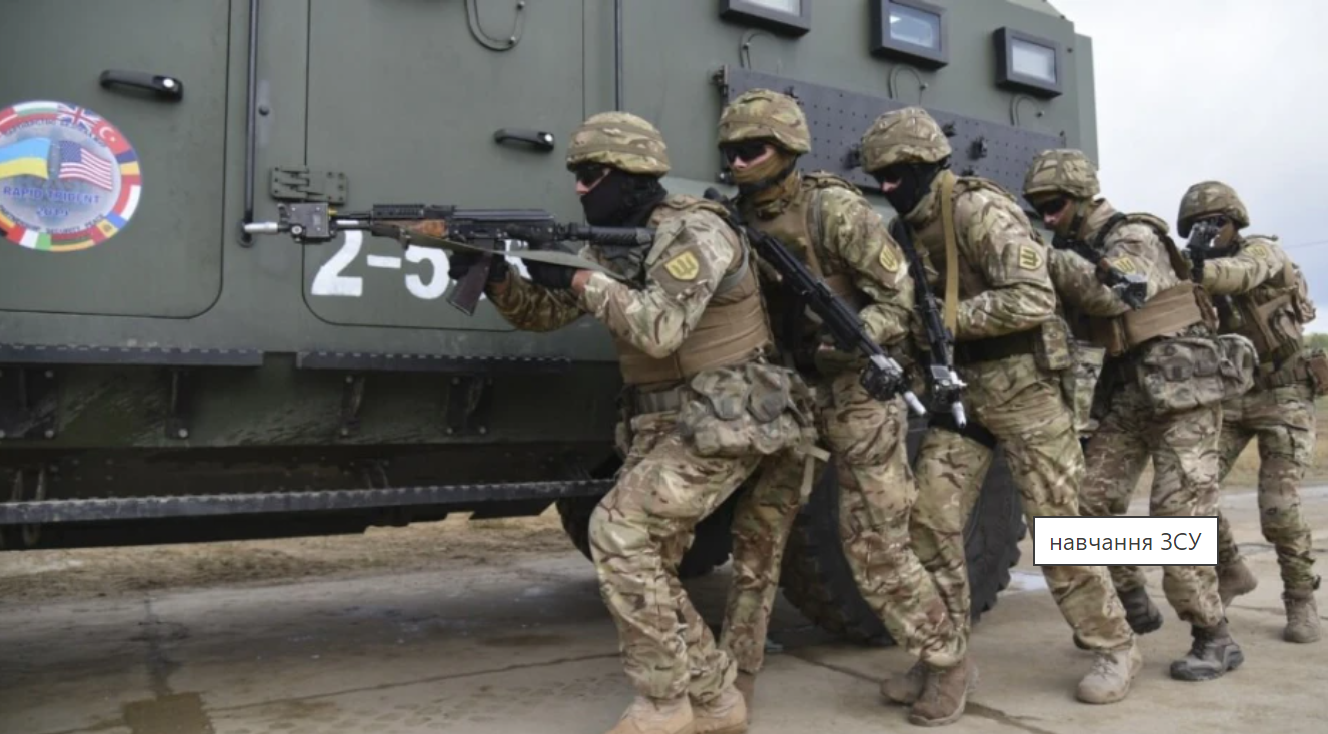Ukraine has implemented a total of 324 NATO standards
8 July 2024 16:09
As of the beginning of July 2024, the Ministry of Defence, the Armed Forces and other components of the security and defence sector of Ukraine have implemented 324 NATO standards. This is reported by "Komersant Ukrainian" with reference to the Ministry of Defence of Ukraine.
It is noted that 23 new standards were adopted in the first half of 2024.
“The implementation of NATO standards is envisaged in the Government’s Priority Action Plan for 2024. As part of the package of NATO-Ukraine Partnership Goals, our country is proposed to implement 218 Alliance standards by 2025. As of July 2024, Ukraine has already adopted 190. We are doing our homework on interoperability with NATO. At the same time, we are working on the implementation of joint medium- and long-term projects,”
– said Lieutenant General Ivan Havryliuk, First Deputy Minister of Defence of Ukraine.
In addition, Ukraine has implemented 134 more standards on its own initiative.
The implemented NATO standards relate to the operation of weapons and military equipment, the safety of ammunition and explosives storage, troop management, the use of communication and information systems, the quality of goods, engineering, aviation and medical support, etc.
Currently, NATO has 1150 standards in place, which are constantly being reviewed and updated.
“Ukraine is also starting to implement NATO standards as envisaged in the List of Initial NATO Interoperability Requirements for Ukraine signed by the NATO Secretary General,”
– added Lieutenant General Ivan Havryliuk.
NATO standards ensure the unification and interoperability of the Armed Forces by regulating various areas of the security and defence sector.
What are NATO standards?
Over almost 65 years of history, the Alliance has developed almost 1,200 different standards, including technical specifications, training procedures, communication standards, even environmental standards, and much more. But their main goal is interoperability between the forces of different NATO member states.
NATO standards can be divided into administrative, operational and logistical standards:
- Administrative standards define the processes of information management and exchange, as well as the procedure for working with documentation.
- Operational standards are aimed at operational planning for the use of troops.
- Logistical standards define common requirements for allied weapons and military equipment, life cycle management, and codification of support items.
All standards are available here .
The implementation of NATO standards in the security and defence sector is one of the priority tasks for our country on its way to the Alliance. Prior to the full-scale war, in 2021, the Ministry of Defence and the Armed Forces implemented about 300 NATO standards and documents.
Since the outbreak of full-scale war, Ukraine has repeatedly stressed that joining NATO is a priority. In particular, in September 2022, Ukraine applied for accelerated accession to NATO.
Despite the war, the Armed Forces of Ukraine continue to implement and adopt new NATO standards. Moreover, the war has accelerated this process, at least in terms of weapons. In fact, the Armed Forces have switched to NATO weapons, which also means standards for their use and a number of other documents on weapons unification.









